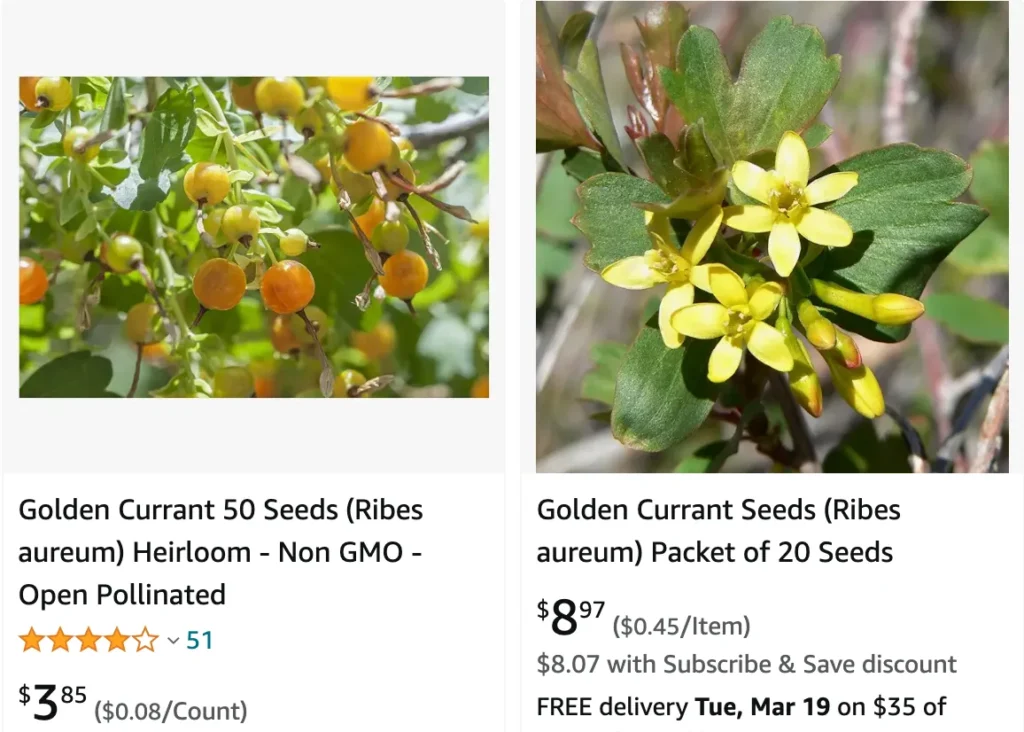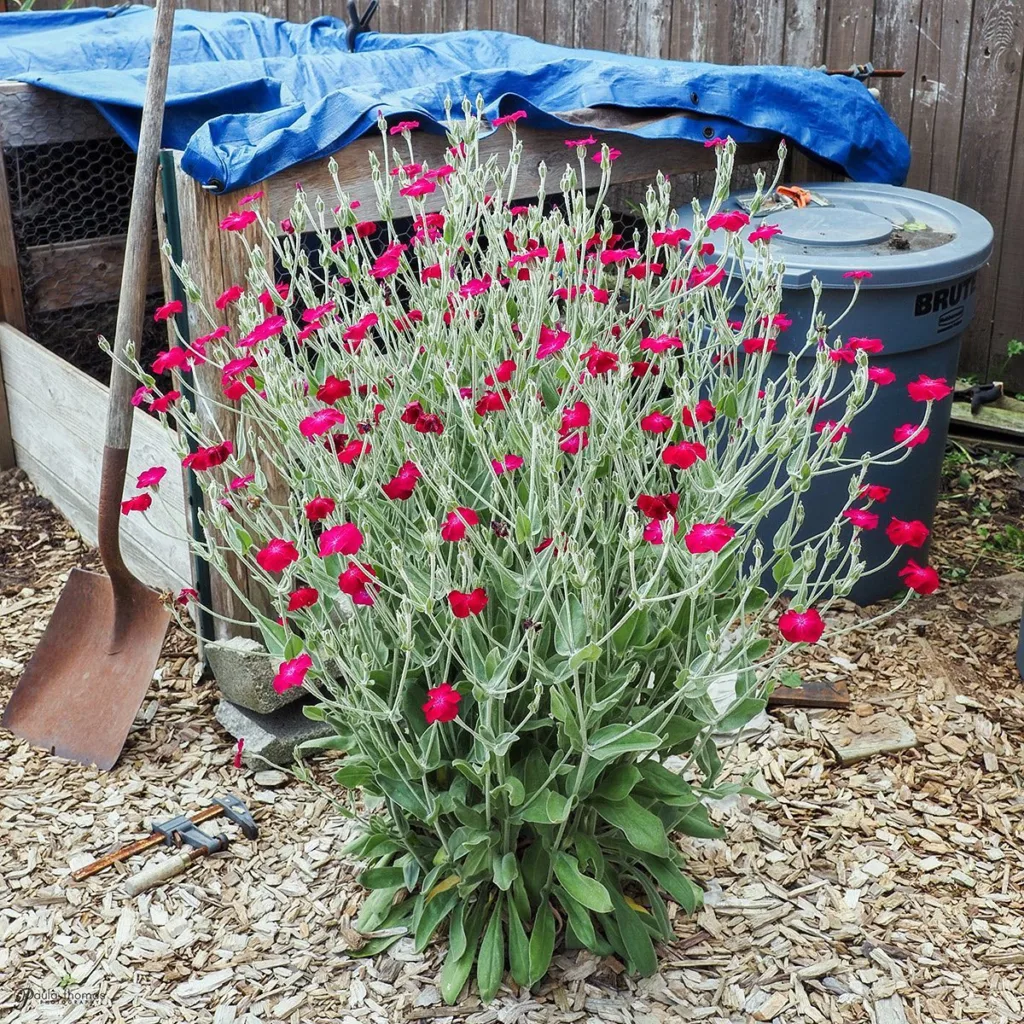
A Gardener’s Guide to the Golden Currant: Ribes Aureum
The golden currant, Ribes aureum, has become a familiar sight in my garden. This unassuming shrub boasts a surprising amount of charm, with its bright yellow flowers in spring and edible bluish-black currants in summer. Over the years, I’ve learned a great deal about caring for this delightful plant, and I’m eager to share my experiences with fellow gardeners.
Plant Family: Grossulariaceae – 196 Species in Genus Ribes
How Big Does Ribes Aureum Get?
Knowing a plant’s mature size is crucial for proper placement in your garden. The golden currant typically reaches 3-7 feet tall with a slightly smaller spread. It won’t overwhelm your space, but it offers enough presence to make a statement.
How to Grow Ribes Aureum?
Planting Ribes aureum is a breeze. Choose a location with full sun to partial shade and well-drained soil. Dig a hole slightly larger than the root ball and amend the soil with compost if needed. Water deeply after planting and regularly throughout the first growing season.
Once established, Ribes aureum is surprisingly low-maintenance. It tolerates drought well, making it a perfect choice for water-wise gardens. However, providing occasional deep watering during extended dry periods will promote healthy growth and fruit production.
Is Ribes Aureum Poisonous?
This is an important question for gardeners with curious pets or children. The answer is yes, but with a caveat. Unlike some other currant species, the ripe fruits of Ribes aureum are safe for human consumption. However, the leaves, seeds, and unripe fruits contain toxins that can cause stomach upset in humans and animals.
Here’s the key takeaway: enjoy the fruits, but avoid letting pets or children munch on the leaves or unripe berries.
What is the Difference Between Ribes Aureum and Ribes Odoratum?
Both Ribes aureum (golden currant) and Ribes odoratum (Clove currant) are native North American shrubs with edible fruits. However, there are some key differences. Ribes aureum has golden yellow flowers, while Ribes odoratum boasts red or pinkish flowers. Additionally, Ribes odoratum is generally shorter and bushier than Ribes aureum.
The biggest distinction lies in their disease resistance. Ribes aureum is resistant to white pine blister rust, a fungal disease that can be devastating to some pine trees. This makes it a safer choice to plant near pines.
What is the Root Habit of Ribes Aureum?
Ribes aureum has a spreading, rhizomatous root system. This means it sends out underground runners that can sprout new shoots, creating a colony over time. While this can be beneficial for filling out a space, it’s important to be aware of its potential for spreading. Planting in a designated area or using a root barrier can help control its spread.
When to Prune Ribes Aureum?
Pruning is not essential for Ribes aureum, but it can be beneficial for maintaining its shape and promoting fruit production. The best time to prune is in late winter or early spring, before new growth begins.
Here are some pruning tips:
- Remove any dead, diseased, or damaged branches.
- Thin out crowded branches to improve air circulation and light penetration.
- Prune for shape, if desired.
By following these simple guidelines, you can keep your Ribes aureum healthy and productive for years to come.
Additional Tips for Growing Ribes Aureum
- Consider companion planting. Attract pollinators like bees by planting herbs like lavender or flowers like borage near your Ribes aureum.
- Fertilize lightly in early spring with a balanced fertilizer.
- Harvest fruits when fully ripe. They can be eaten fresh, dried, or used in jams and jellies.
With a little care, Ribes aureum will reward you with its beauty and delicious fruits. It’s a versatile shrub that adds ecological value to your garden by attracting pollinators and providing food for birds. So, why not give this golden gem a try in your own garden?
If i die, water my plants!



